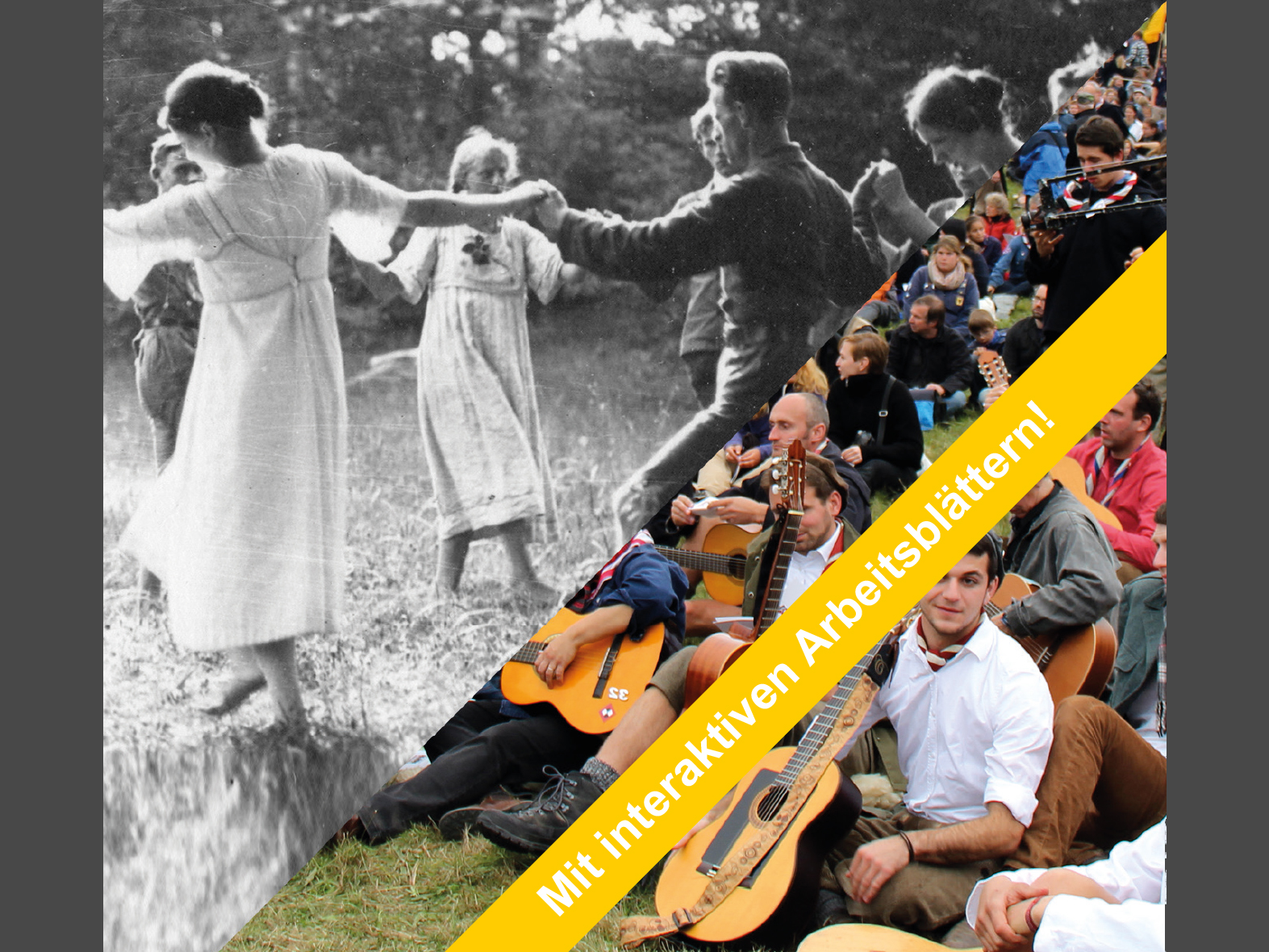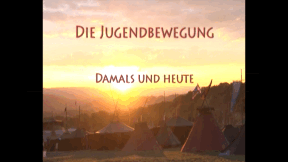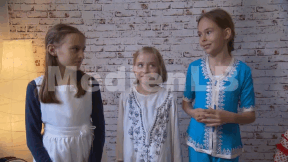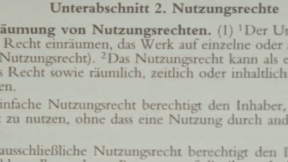 Society
Society
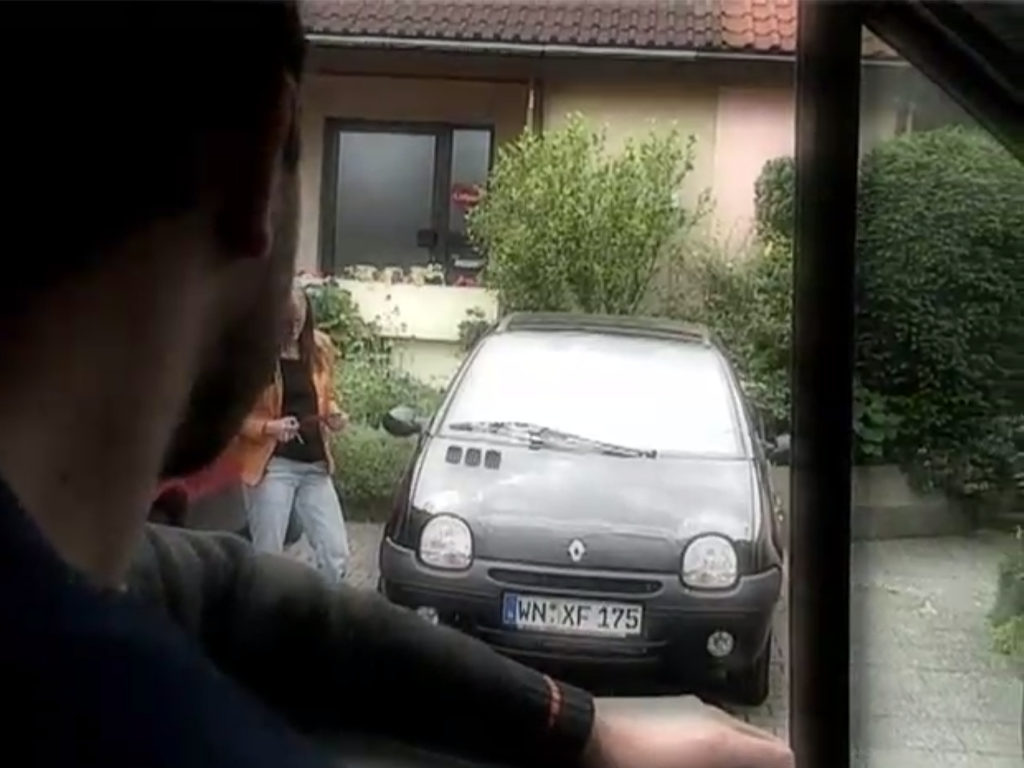
4664213 / 5553652
Stalking
It Concerns Us All!
n Germany, 12 % of all federal citizens are pursued by a stalker once in their lives. And not only celebrities are among their victims! Everyone may be confronted with such a situation.
The term stalking derives from hunting language and means as much as to sneak up or creep up on someone and in a figurative sense that a person pursues and harasses another person again and again. Victims of stalking are threatened, intimidated and, if the worst comes to the worst, murder is committed! In most cases a fatal outcome can be prevented. There are possibilities to get help for the victim as well as for the perpetrator.
The film content is fictitious but may happen just like that in Germany any day. With the aid of case studies, the pupils are to realise what stalking really is, what consequences this behaviour entails, which measures can be taken and how people can protect themselves.
The film was produced in co-operation with the State Office of Criminal Investigations of Baden-Wuerttemberg and together with the comprehensive accompanying material, it can be used very well at school.

Curriculum-centred and oriented towards educational standards
Matching
Youth Movement
Dancing until your feet hurt: Here, at the meeting on the Hoher Meissner near Kassel, 3,500 participants from Boy Scout associations, youth and Wandervogel groups from all over the German-speaking region have gathered. They want to celebrate, simply get to know each other and commemorate a historic anniversary.
Copyright
Copyright is subject to constant change to keep up with technological advances. This film enables the viewer to grasp the basic principles of this extremely intricate matter. By way of introduction, the film defines what an author is, what kinds of works there are and how long a work is protected on principle. Then the fundamental rights of an author are cited and it is shown how these are exploited in our times. In the third chapter, the respective rights are illustrated by way of practice-oriented examples of books, photos, music and films. Here, of course, an emphasis is laid on the field of education, taking into account the latest case law within the EU and Austria in particular. A further chapter highlights the problems arising with the Internet and goes into the citation law and pirate copies. All in all, in this way the viewer is made familiar with the most important basic terms and their meanings. Comprehensive worksheets and additional accompanying material invite us to deepen our knowledge of the subject.




